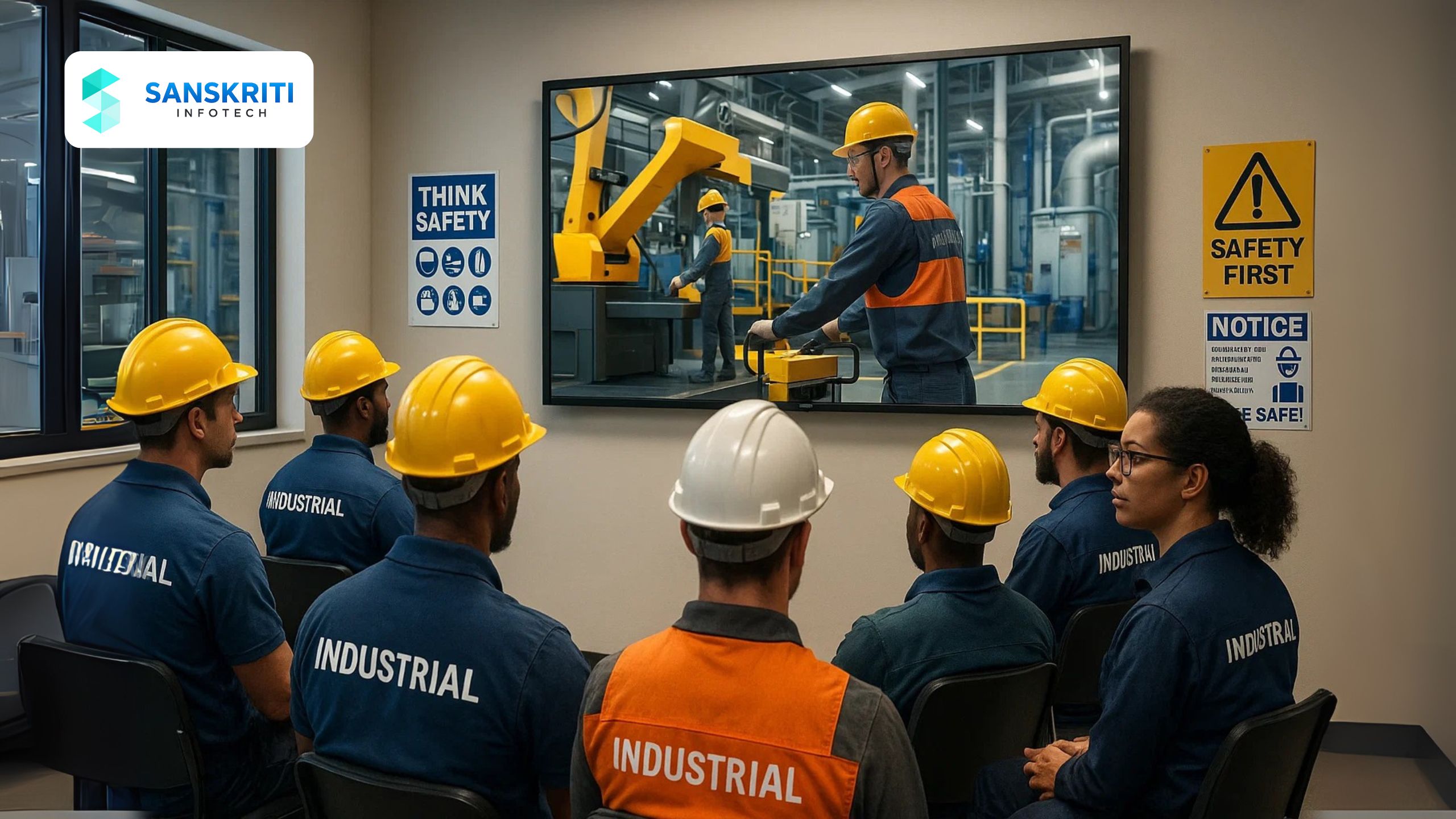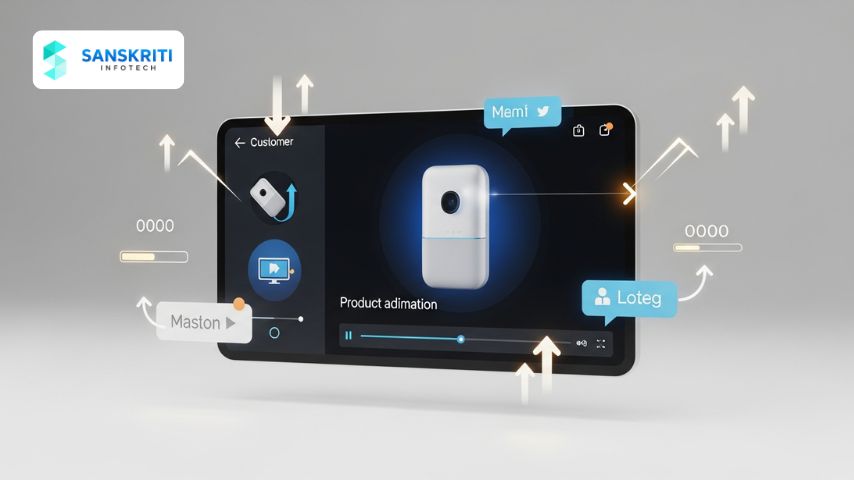Table of Contents
Introduction
Industrial environments are high-stakes settings where safety is non-negotiable. Whether it’s manufacturing, oil and gas, construction, or chemical processing, the risks to workers and equipment are immense. Despite investing in personal protective equipment (PPE) and compliance documentation, many companies still face preventable incidents due to one critical gap—ineffective safety training.
Traditional safety training methods such as PowerPoint presentations, manuals, or generic videos often fail to engage workers or cater to the specific hazards of a given workplace. Enter 3D animated safety training videos: a game-changer in how industrial teams learn, understand, and apply safety protocols on the job.
This blog explains why custom 3D safety training videos are essential for every industrial company seeking to reduce incidents, boost compliance, and build a stronger safety culture.
Limitations of Traditional Safety Training
– Generic videos and templates don’t reflect actual hazards or equipment on-site.
– Workers often zone out during text-heavy presentations.
– Language barriers and literacy levels can reduce effectiveness.
– Static visuals don’t simulate real-time risks or emergency scenarios.
– One-time training doesn’t reinforce behavior over time.
What is a 3D Safety Training Video?
A 3D safety training video is a digitally animated visual learning module that demonstrates real-life industrial safety situations using custom-built environments, machinery, and scenarios. These videos can be tailored to match your facility layout, equipment, PPE guidelines, and standard operating procedures (SOPs).
They typically include:
– High-definition visuals of your actual workplace
– Step-by-step animated safety protocols
– Emergency response simulations
– Narration and text overlays in multiple languages
– Interactive or scenario-based segments for testing comprehension
Why Customization Matters in Industrial Settings
No two industrial sites are the same. Even within the same industry, plant layouts, risk profiles, and workflows can vary drastically. A generic training video might miss critical site-specific information that could prevent accidents.
With a custom 3D safety video, companies can:
– Highlight exact chemical storage protocols
– Simulate equipment startup/shutdown sequences
– Show proper routes for evacuation or assembly points
– Demonstrate safety hazards unique to their environment
– Align training with regional compliance regulations (OSHA, ISO, etc.)
Enhanced Retention and Engagement
Studies show that people retain 90% of what they see and do, compared to only 10% of what they read. 3D animation uses motion, interactivity, and immersive experiences to boost engagement and memory retention.
– Workers pay more attention to animated storytelling.
– Complex instructions become simple through visuals.
– Scene-based learning mirrors real-life tasks.
– Learners remember procedures better under pressure.
Real-World Impact: Case Studies
**Case Study 1: Construction Site Safety**
A large infrastructure company in Maharashtra implemented a 3D safety induction video for contractors. After just 60 days:
– Incident rates dropped by 23%
– Workers completed onboarding 40% faster
– 94% of workers reported improved understanding of site risks
**Case Study 2: Chemical Plant SOP Training**
A chemical processing unit in Gujarat used a 3D animation to train teams on ammonia handling procedures. The animation simulated leaks, PPE use, containment, and evacuation.
– Reduced SOP deviation by 31%
– Achieved full compliance in audit reports
– Trained 500+ employees in 3 languages
Integration with Digital Learning Systems
Custom 3D safety videos can be easily integrated with:
– Learning Management Systems (LMS)
– Mobile apps and tablets for on-the-go access
– QR codes placed near machinery or entry gates
– Safety kiosks and digital signage in plants
This makes training more accessible and enables regular reinforcement of safety habits.
Compliance, Audits & Legal Protection
Regulators are increasingly evaluating how companies train their workers—not just whether they do it. 3D safety videos:
– Serve as proof of consistent, high-quality training
– Demonstrate commitment during OSHA or ISO audits
– Reduce liability during legal disputes by showing documented preventive measures
Future-Proofing Your Safety Program
As industries adopt Industry 4.0, safety training must evolve as well. Augmented reality (AR), virtual reality (VR), and AI-powered training are becoming more mainstream—but 3D animation is the foundation.
– It’s scalable, cost-effective, and easy to update.
– New SOPs or equipment changes can be added anytime.
– Can later be converted to interactive or VR modules.
Conclusion
Custom 3D safety training videos are no longer a luxury—they are a necessity. They enable industrial companies to protect their workforce, comply with regulations, and foster a culture of proactive safety.
Whether you operate a factory floor, refinery, construction site, or logistics hub, investing in high-quality animated training is one of the most impactful decisions you can make for your team.
Sanskriti Infotech specializes in building customized 3D safety training content tailored to your industry, processes, and risks. Let’s elevate your safety standards with visuals that save lives.






